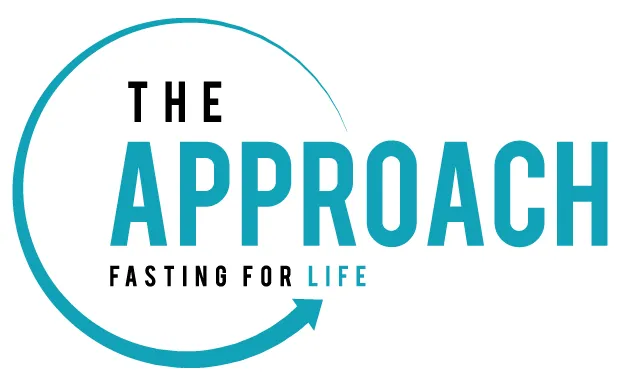Bouncing Back from the Christmas Blues: A Guide to Intermittent Fasting

The festive season is a time of joy, warmth, and indulgence. However, the aftermath of Christmas can leave many feeling the holiday blues, particularly when it comes to the effects of overindulgence in festive feasts. If you’re looking to regain control of your health and wellness post-holidays, intermittent fasting might be the reset button you need. In this blog, we’ll explore the Christmas blues, the consequences of overeating, and how to get yourself back on track with intermittent fasting.
The Christmas Blues and Overeating:
The merriment of the holidays often brings with it a cascade of delicious but calorie-laden dishes. The aftermath? The dreaded Christmas blues, characterized by sluggishness, guilt, and the desire to hit the reset button on your health. Overeating during the holiday season is not uncommon, but it’s essential to recognize that a slip-up doesn’t define your overall well-being.
Understanding Intermittent Fasting:
Intermittent fasting is more than just a buzzword; it’s a powerful approach to reset your body and mind. This eating pattern involves cycling between periods of eating and fasting, allowing your body to burn stored fat for energy. By incorporating intermittent fasting into your routine, you can jumpstart your metabolism and regain control over your eating habits.
Getting Back on Track with Intermittent Fasting:
1. Start Gradually:
If you’re new to intermittent fasting and have had a particularly ‘filling’ Christmas, begin with a gentle approach. Start with a 12-hour fasting window overnight and gradually extend it as your body adjusts. This allows your digestive system to reset without overwhelming your system.
2. Stay Hydrated:
Hydration is key during intermittent fasting. Drink plenty of water, herbal teas, and black coffee to stay hydrated and support your body as it adjusts to the fasting period.
3. Choose Nutrient-Dense Foods:
When you do eat, focus on nutrient-dense foods such as fruits, vegetables, lean proteins, and whole grains. These choices provide essential vitamins and minerals to fuel your body while keeping you satiated during the eating window.
4. Mindful Eating:
Use intermittent fasting as an opportunity to cultivate mindful eating habits. Pay attention to hunger and fullness cues, savor each bite, and appreciate the flavors of your meals.
5. Establish a Consistent Schedule:
Consistency is key with intermittent fasting. Establish a schedule that aligns with your lifestyle, making it easier to stick to the fasting and eating windows. We recommend the 16/8 method as a sustainable and practical option.
The Christmas blues and the aftermath of overeating don’t have to linger. Intermittent fasting offers a practical and effective way to reset your body, improve your relationship with food, and regain control over your health. As you embark on this journey, remember that progress is a process, and small, sustainable changes lead to lasting results. Embrace intermittent fasting as a tool for a healthier, happier you in the post-holiday season. Your body will thank you!








